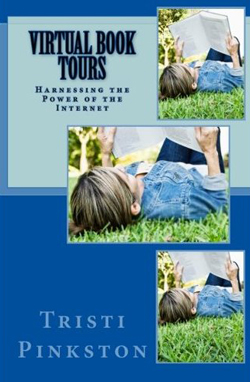When asked what is the most important skill to learn as a writer, I always say the same thing: turning water into gold.
However, because most people have failed to take their required alchemy classes at the local community college, I often have to start over and come up with something that any ol’ muggle can do.
And that secondary skill, the skill that comes only after the ability to turn base metal into precious, is this: any writer who wants to sell books must know how to create suspense.
“But,” you say, “I am writing a YA fantasy!” Or perhaps, “My magnum opus shall be a romantic comedy in the vein of the great Jane Austen!” Or even, “I just need to make my werewolves sparkle and I’m all good.”
Well, to you folks, I have this to say: WRONG.
Suspense isn’t just something that horror writers or people who write thrillers about whether a nuclear weapon can be stopped en route to its intended target use. Suspense is (and I hope you write this down) the driving force that gets any reader to finish the book.
Suspense is more than just worry about life and limb. There doesn’t have to be a ticking clock, or an oncoming car, or a serial killer looking after someone. Suspense is used to create import in these situations, yes, but suspense is so much more… and so much less.
Suspense, is, quite simply, the creation of a critical question in your readers’ minds: “What happens next?”
My novel The Haunted is a straight-up ghost story. It’s received numerous accolades from readers and critics alike. And the truth is, it’s scary. But the scary is less important than the fact that people stick around to read the whole thing! Because is a scary book really scary if no one cares to read it past page 14?
If you just heard a popping sound, that’s your mind. ‘Cause I just blew it, man.
So remember, no matter what genre you are writing – even if you’re writing nonfiction – the first skill you must master is the creation of suspense. You must tease your readers with information, set up questions that they know only you can answer. And you have to do this from page one on. The worst books aren’t the ones that people hated reading. The worst books are the ones that no one could be persuaded to finish.
Don’t let that be you. Suspense. It’s the only way to write.
Michaelbrent Collings is a novelist and screenwriter. His newest bestseller, APPARITION, is scaring people all over the place. Which is awesome. He hopes someday to develop superpowers, or, if that is out of the question, then at least to get a cool robot arm. You can follow him on Facebook at facebook.com/MichaelbrentCollings or check out his website at http://michaelbrentcollings.com

